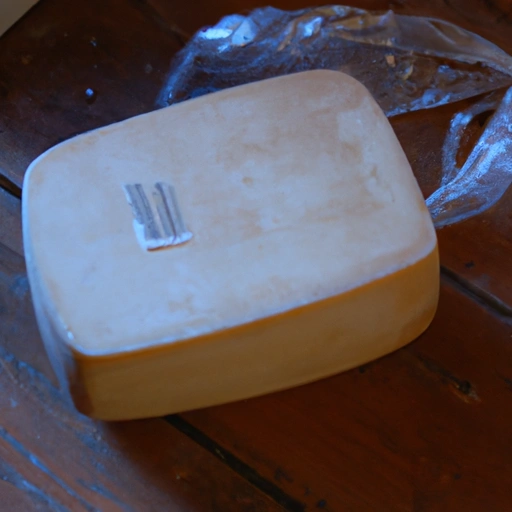Kasseri
Description

Kasseri is a medium-hard, pale yellow cheese made from sheep's milk, or a mixture of sheep and goat's milk. Originating from Greece and Turkey, this cheese has a smooth texture and a salty, tangy flavor that becomes more pronounced with age. In recipes, Kasseri is often measured in ounces (oz) or grams (g), cups (c), or tablespoons (tbsp) when grated, and degrees Fahrenheit (°F) or Celsius (°C) for cooking temperatures, making it accessible for both American and European cooking traditions.
Common uses
Kasseri is used in a variety of dishes, both savory and occasionally sweet. It is commonly sliced and eaten plain as part of a cheese platter, grated on top of pasta dishes, or melted in sandwiches and pastries. Its melting properties make it an excellent choice for dishes such as 'saganaki' (fried cheese) or the classic Greek 'kasseropita' (kasseri pie).
Nutritional value
Calories
A typical serving of Kasseri cheese, which is about 1 ounce (28 grams), contains approximately 100 calories.
Protein
Each serving contains about 7 grams of protein, making it a good source for maintaining muscle health.
Fat
Kasseri is relatively high in fat, with around 8 grams per serving, most of which is saturated.
Carbohydrates
The cheese is low in carbohydrates, with less than 1 gram per serving.
Vitamins
It provides a modest amount of vitamins, particularly B vitamins such as B12 which is essential for nerve health.
Minerals
Kasseri is rich in calcium, providing about 20% of the daily recommended intake in each serving, which is crucial for bone health.
Health benefits
The protein and calcium content in Kasseri can contribute to muscle and bone health. However, the cheese should be consumed in moderation due to its high saturated fat content.
Potential risks
Due to its high sodium and fat content, excessive consumption of Kasseri cheese may increase the risk of heart disease and high blood pressure. It is also not suitable for those with a lactose intolerance or dairy allergy.
Common recipes
Kasseri is used in traditional Greek dishes such as moussaka, spanakopita, and Greek salads. It is also a popular topping for pizzas and flatbreads.
Cooking methods
The cheese can be grilled, fried, baked, or used fresh and is known for its excellent melting qualities, making it versatile in culinary applications.
Pairing with other ingredients
Its tangy flavor pairs well with olives, tomatoes, and cured meats, as well as fruity wines like Riesling or light reds like Pinot Noir.
Summary
Kasseri is a traditional semi-hard cheese that is versatile and flavorful, suitable for a variety of dishes. Its nutritional content offers benefits, but it should be enjoyed in moderation. Its applicability in recipes ranges from melting to fresh use, making it a favorite for cooks and food lovers around the world.